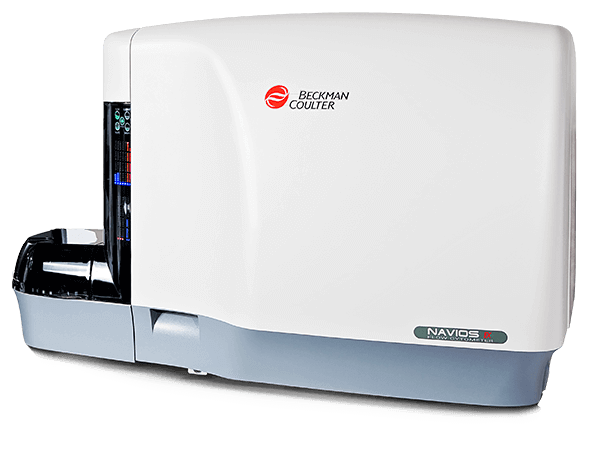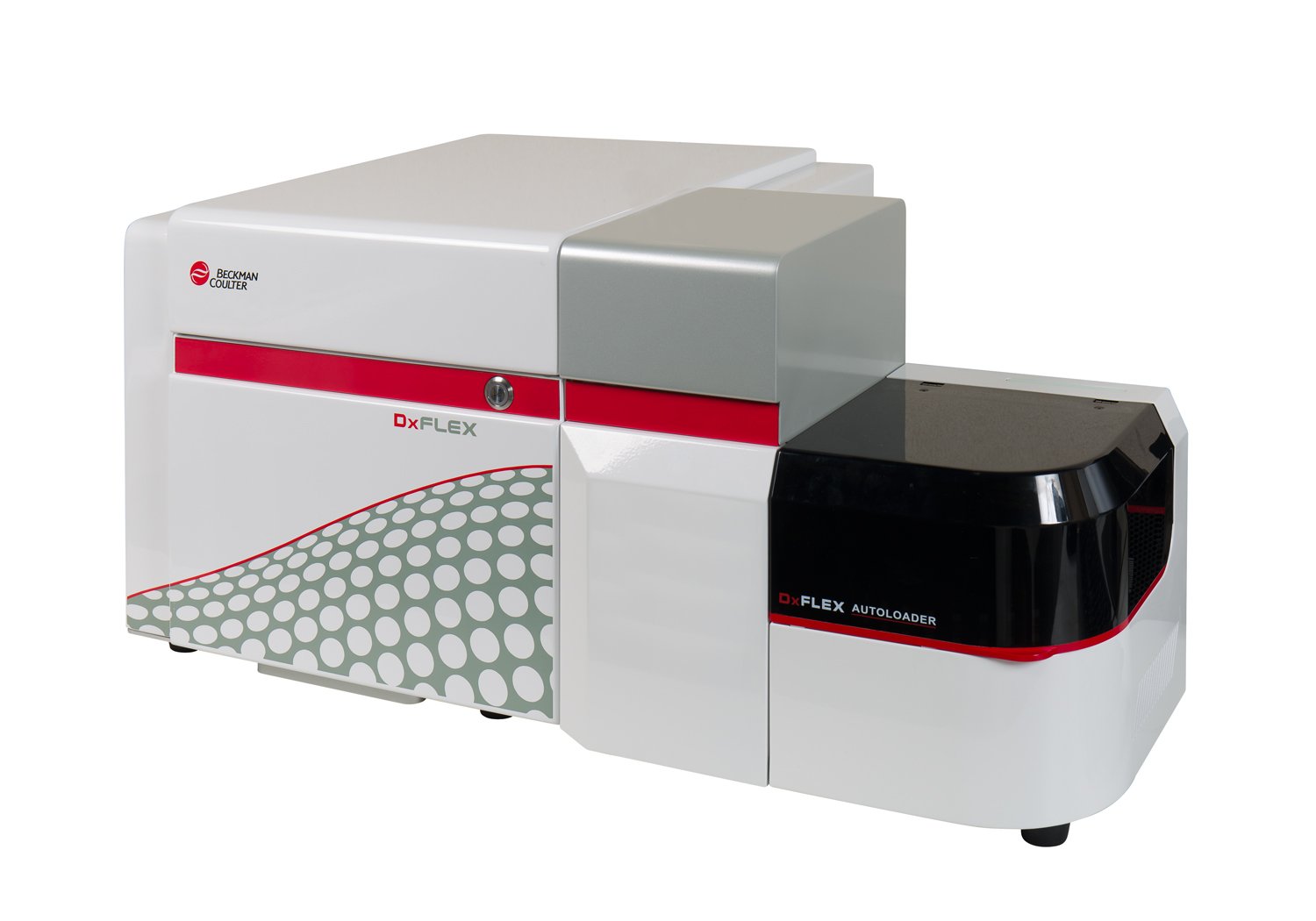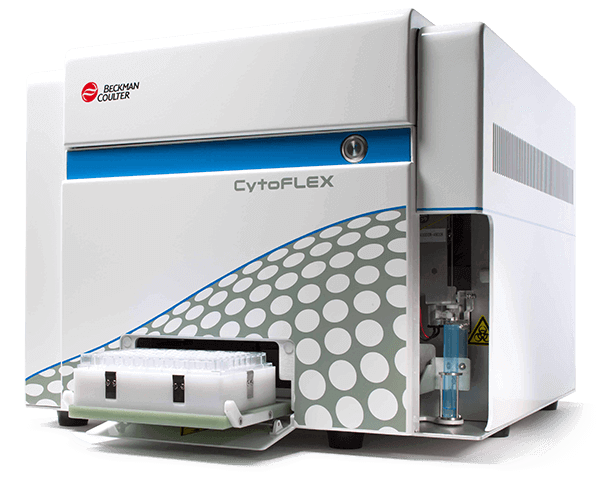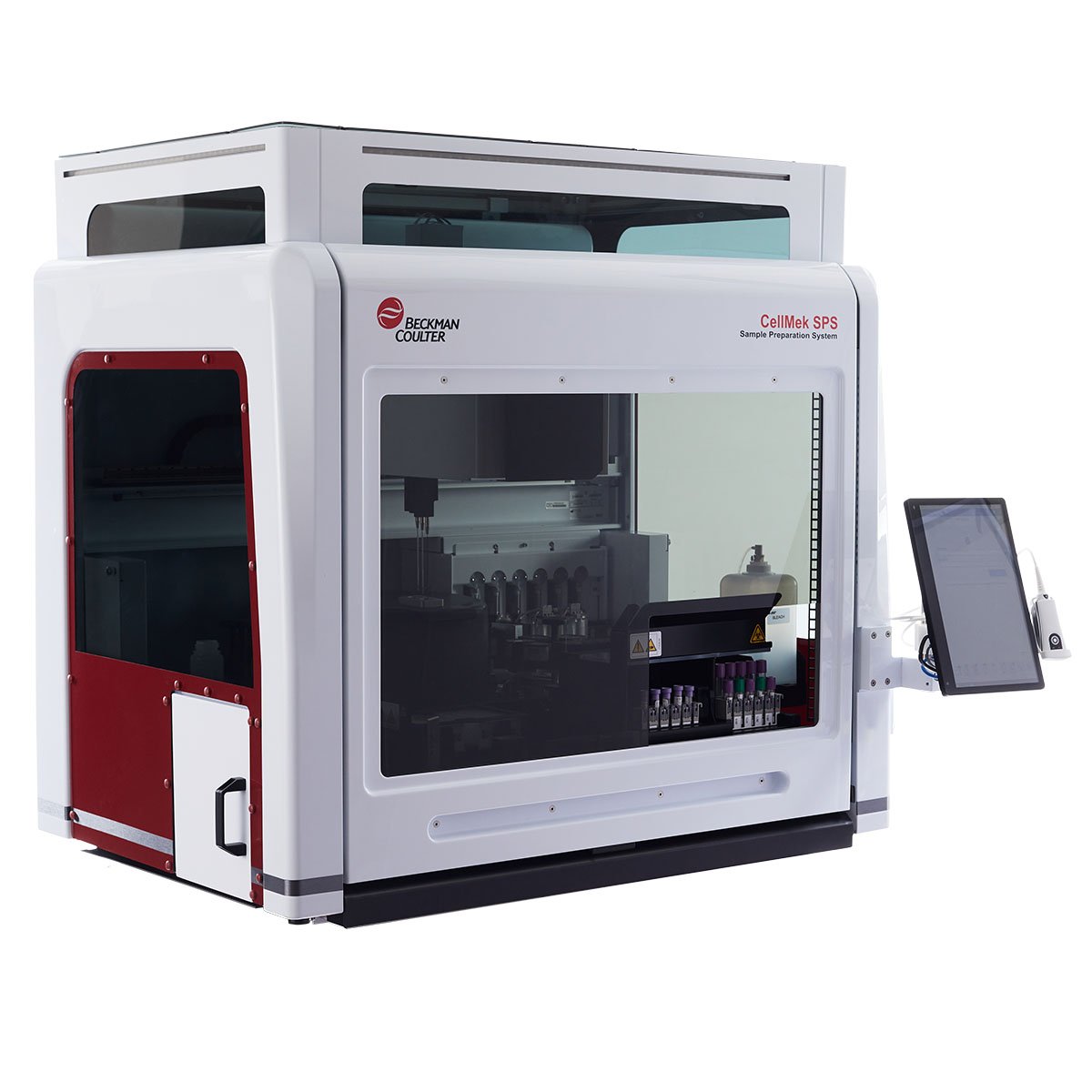CD103 Antibodies
The CD103 antigen was originally described as the human mucosal antigen 1 (HML-1) and was subsequently proved to be the integrin αE subunit. CD103 is composed of a 150 kDa chain associated with a 25 kDa chain by a disulfide bond. It is expressed as a heterodimer in association with the integrin β7 chain. CD103 is expressed on mucosa-associated T lymphocytes and activated cells. This human intra-epithelial lymphocyte marker is expressed in very few resting peripheral blood lymphocytes. αEβ7 binds to E-cadherin on epithelial cells. Activation and TGFβ-1 induce CD103 expression.
| Clone: 2G5 | Isotype: IgG2a Mouse |
| The 2G5 antibody stains a few bone marrow cells and, rarely, peripheral blood lymphocytes. | |






